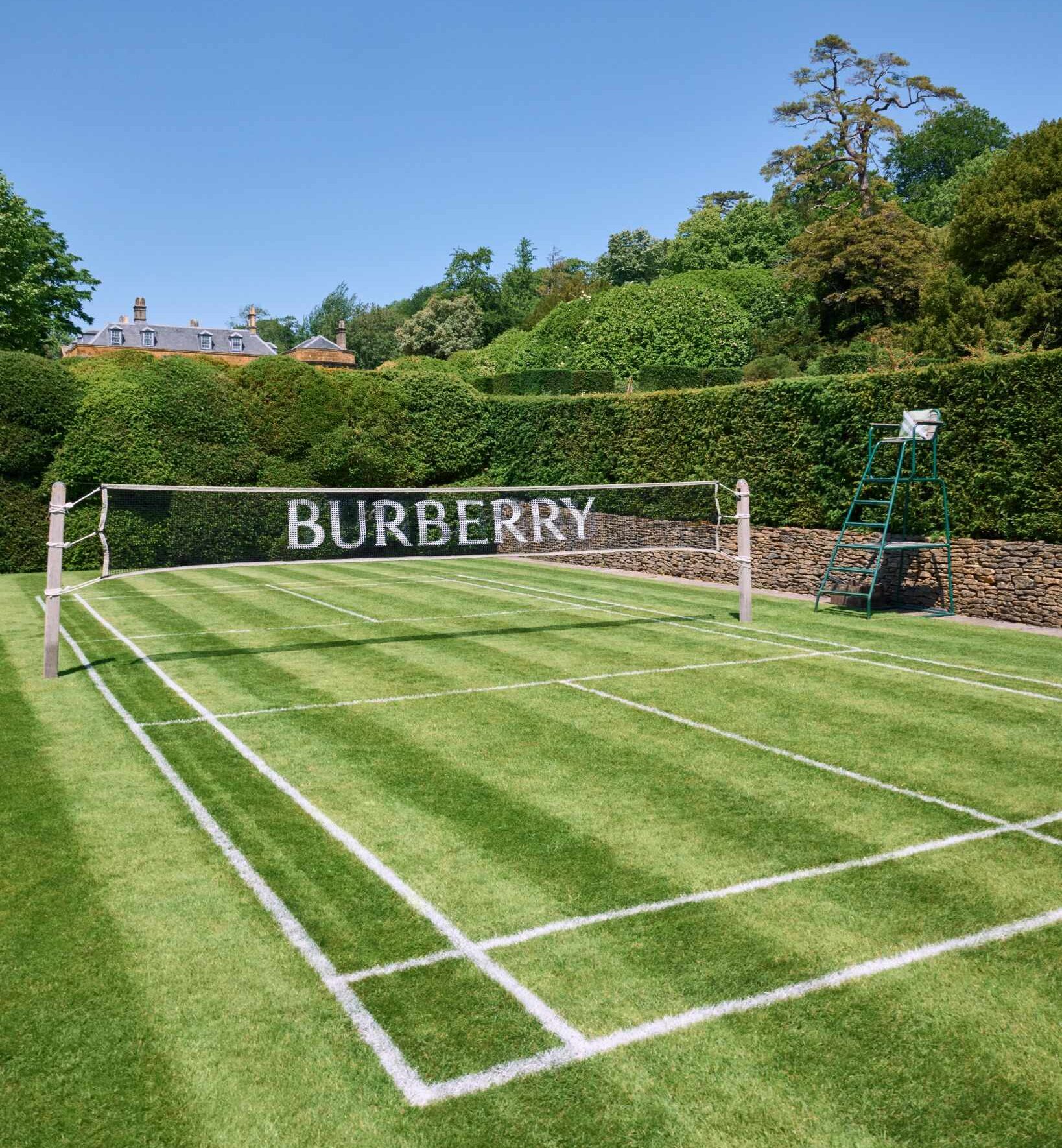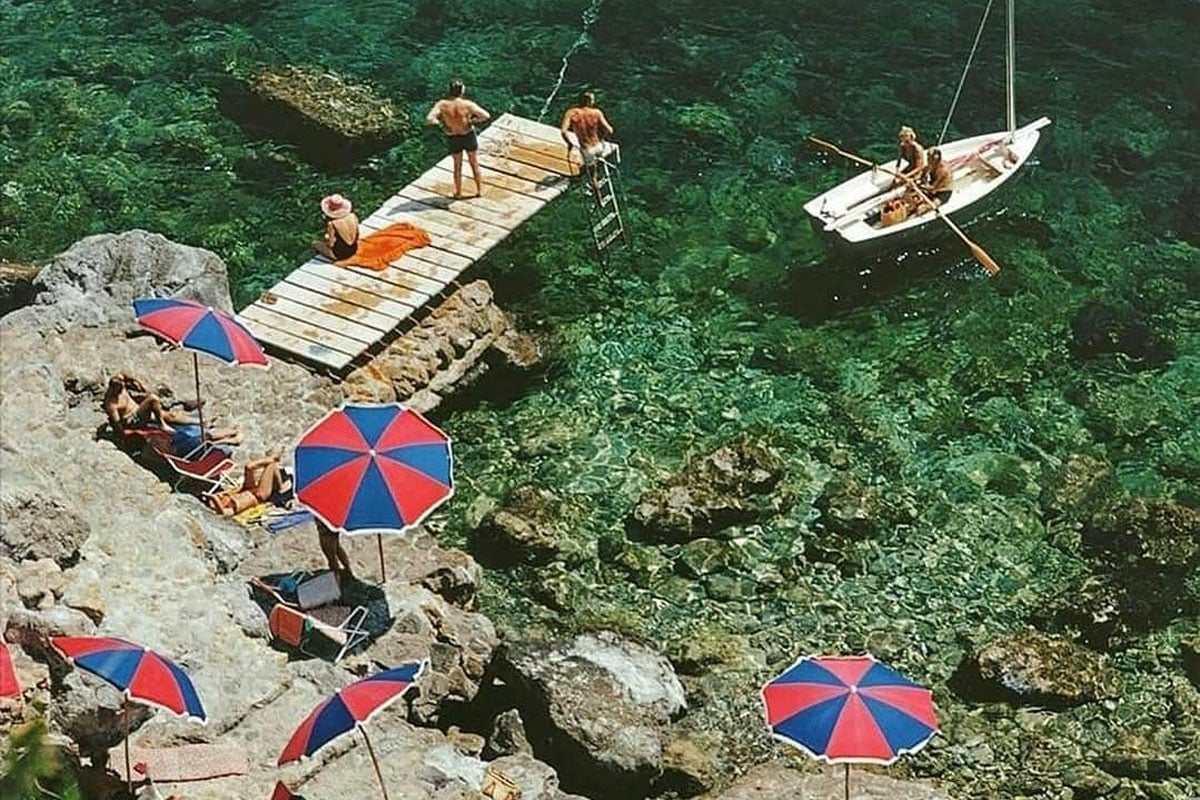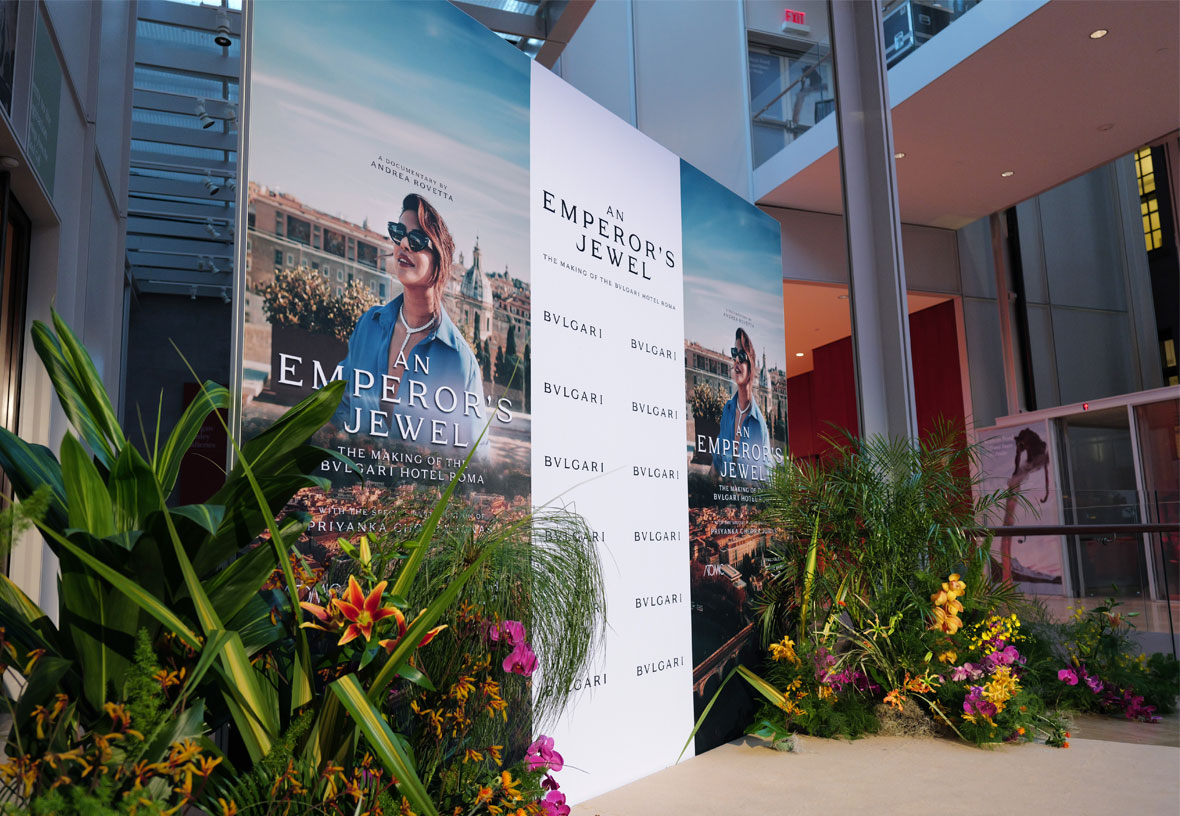We care about your privacy. We attempt to limit our use of cookies to those that help improve our site. By continuing to use this site, you agree to the use of cookies. To learn more about cookies see our Privacy Policy.
Visiting the Vineyards of South Africa’s 2019 Wine Harvest
From the vineyards to your glass
Carolina Ramirez is our Miami-born, Cape Town-based South African Editor. For more from Carolina follow her at @LaCarolinda
Kind of like the playoffs for football or finals in college, harvest is the event winemakers prep for and look forward to all year. For wine lovers, it also happens to be a great time to visit a vineyard as it’s buzzing with action- starting as early as 4AM! I was lucky enough to go with Ian Haggie and his team at Explore Sideways, who curate private, food + wine experiences in Cape Town and the winelands on an epic adventure in Stellenbosch.
Located a mere 45 minutes outside of Cape Town, Gary and Kathy Jordan have been making world-class wine since 1993 on a farm with a history going back over 300 years. Being a geologist by trade, it’s no surprise Jordan Wines are known for their terroir-focused wines.

Ready to take on the vineyards!

While our day thankfully didn’t start in the wee hours of the morning, upon arrival we jumped aboard a safari vehicle and took to the vineyards! Thea from the Jordan team debriefed us on the different grape varieties seen from above and more importantly, all the rocks found in each vineyard ranging from granite, tourmaline and quartz which are in part very much responsible for their award-winning wines.


Granite, tourmaline and quartz to name a few
As we approached one of the merlot vineyards, we met Augustin and his team who were busy hand-picking the grapes and loading up the truck of these juicy beauties that will soon be converted into wine. Hand harvesting is a much gentler process than machine harvesting—though it’s a lot more time consuming.

Picking the grapes with Augustin and team, and naturally I tried some too- so juicy

Weather typically plays a big role in how a harvest runs and with South Africa having four seasons in one day- things can get stressful. “Heat, rain, hail, sunshine and wind can all have an impact on how things play out and with cooler temperatures this year grapes have been ripening later than usual. It’s the first time ever, in 26 years of harvesting at Jordan, we have brought in some parcels of red grapes before all of our white grapes!” says Thea.

To the trucks you go
But harvest is much more than just the picking of the grapes. Once the grapes arrive at the winery, the winemaking and cellar teams work around the clock to complete the harvest process. Aspiring winemakers from around the world join the winemaking teams as interns for the duration of the harvest, anywhere from 6 to 16 weeks. “Harvest can be full on! The long hours and physical labour and uncertainty about when certain vineyards will be ready to pick make it super tough (not to mention the purple stained hands and multiple ruined t-shirts!)” says Ian Haggie.
As grapes are delivered to the cellar they are weighed before going through a destemming machine. This separates the grapes from the stems before they are transported to one of their 3 presses. The press then squeezes the juice into a drip tray beneath the press and pumped into a tank for settling. The raw grape juice, or must, typically settles over night and is then pumped or racked into another tank to separate from the sediment or lees. This juice is then either pumped into a barrel or left in the tank to ferment.

Today’s batch was, well, what will be chenin blanc
Then, things start to get good. Fermentation is the magical process whereby yeast break down sugar in grape juice, emitting CO2, (along with sweet, sweet aromas that make cellars smell divine) and alcohol. Temperature is extremely important to carefully control the rate of fermentation in individual batches of wine.

Picasso, the estate pup in the background, has done quite a number of harvests in the past few years
Fermentation takes place in the coolest area of the underground cellar. At Jordan Wines, the tank fermented white wines include the Cold Fact Sauvignon Blanc, The Real McCoy Riesling and one of my personal favorites- the Unoaked Chardonnay.
Separate barrel cellars are designated for Merlot, Cabernet Sauvignon, and Shiraz where the wines mature and undergo malolactic fermentation (which is a fancy term for what gives wines a creamy or buttery taste) in Bordeaux-shaped barrels.


One of their red wine barrel cellars. It will be a combination of Cabernet Sauvignon, Merlot and Cabernet Franc barrels. Not blended barrels but individual barrels.
And once the wines have been loaded in to said barrels and tanks, the winemakers will wait depending on how long they want to age each particular wine. We, on the other hand, went down to the tasting room to get a taste of (previous years) finished product!

> Check out the Best Hotels in South Africa on A Hotel Life
Share this Story
More Culture
Burberry Checks Into The Newt
The fashion-hospitality affair continues in the English countryside
tell me more ›Il Pellicano’s Enduring Allure
60 years of cliffside luxury, timeless style, and a spirit you can’t quite put into words
tell me more ›Bulgari Hotels Screens “An Emperor’s Jewel – The Making of The Bvlgari Hotel Roma” in NYC
Hoteliers, artists, designers, and media came together for a special screening of "An Emperor’s Jewel – The Making of The Bvlgari Hotel Roma” at the exquisite Morgan Library in New York City
tell me more ›“Becoming Familiar” Is The Experience To See and Touch at Design Miami 2023
LA Based Raise the Moral Studio Sensory Art Objects Win Best Curio Presentation at Design Miami 2023
tell me more ›




